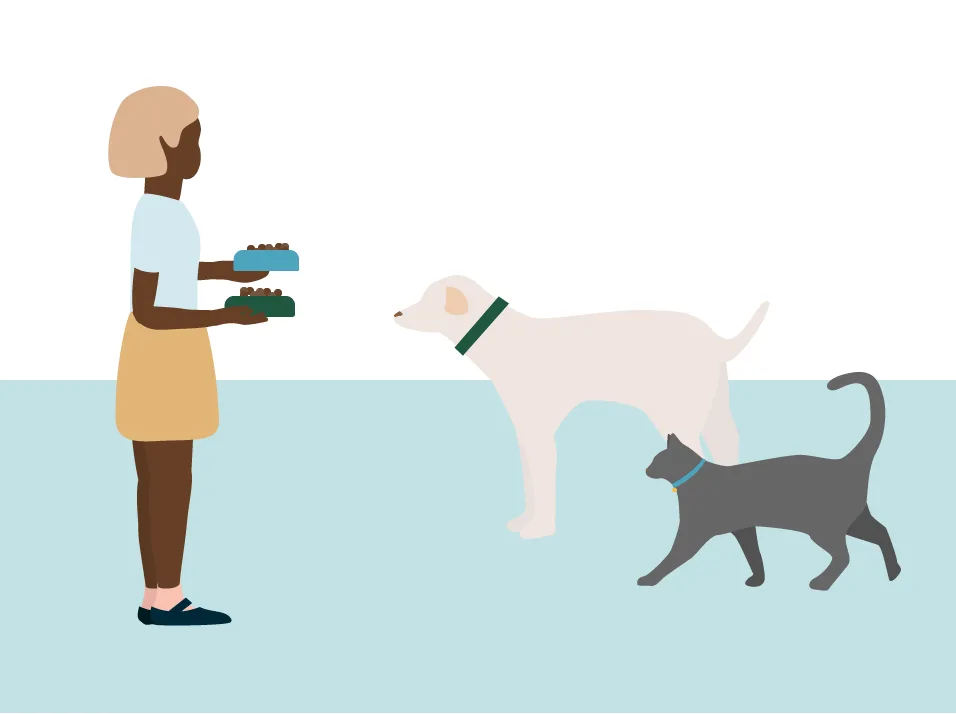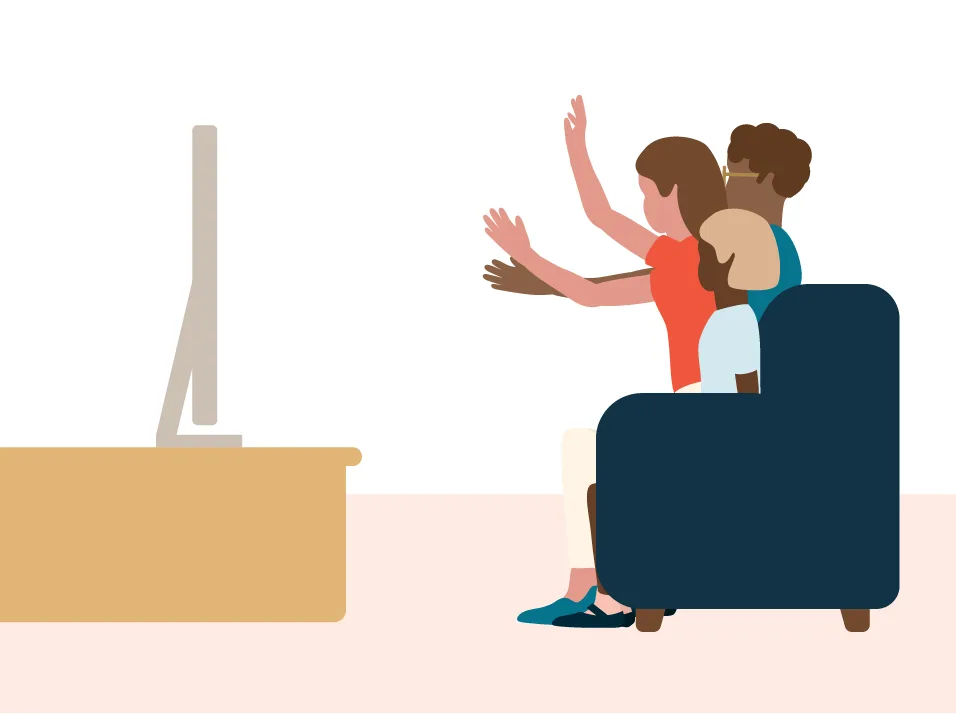A day in the life of a teen with dyscalculia
Expert reviewed by Brendan Hodnett, MA

Meet Ava, a ninth grader with dyscalculia. She’s a bright kid, but her struggles with math are often misunderstood by teachers and family members. To see how trouble with numbers can affect kids outside of math class, take a look at a typical day in Ava’s life.

6 a.m.
Ava knows she needs to take a quick shower and get ready for school. She thinks she’s only been in the bathroom for a few minutes when her little brother bangs on the door. “Come on, you’ve been in there for 20 minutes already!” he yells.
Challenges related to dyscalculia: Keeping track of time, estimating

11 a.m.
Ava loves history and she studied hard for today’s test. But after answering the first question, she starts to worry about how much time she has left. Her confidence sinks as she looks at the clock and thinks about how long it would take her to try to read it. She feels even worse as she tells herself she’d probably read the time wrong anyway.
Challenges related to dyscalculia: Telling time, self-esteem

Noon
At lunch, Ava wants to buy a $2 muffin for herself and a $5 box of cookies for her stepdad. She’s not sure if she’ll have enough money to buy both. But she doesn’t want her friends to see her using her fingers to count. She hands over all the dollar bills she has and hopes it’s enough.
Challenges related to dyscalculia: Basic math facts, working with money

2 p.m.
Ava looks at tonight’s math homework and starts to panic. Even though she knows how to do some of the steps, her heart starts racing. “I’m never going to be good at this, so why bother?” she thinks. Ava tucks the worksheet into her locker before she leaves school — she doesn’t want her stepdad to find the incomplete assignment.
Challenges related to dyscalculia: Math anxiety

4 p.m.
At track practice, Ava runs the first lap so quickly that she has trouble finishing the second lap. The coach seems frustrated that Ava can’t remember the pacing they practiced yesterday. Why is it so hard for her to remember one minute and 25 seconds?
Challenges related to dyscalculia: Gauging speed and distance, remembering sequences of numbers

6 p.m.
Ava needs to feed the pets before her family eats dinner. She knows Bowzer gets two-thirds of a cup of dog food, and Meowzer gets one-third of a cup of cat food. Did Ava measure it right? Which of the bowls has more? If Ava gives the cat too much food, he’ll throw up. But how much is too much?
Challenges related to dyscalculia: Understanding quantities, measuring

8 p.m.
Ava is excited about the big game on TV, but she has trouble telling which team is winning. If the point guard gets the next two free throws, will that be enough to go into overtime? Asking too many questions about the game embarrasses her, so she leaves to hide in her room.
Challenges related to dyscalculia: Solving word problems, social trouble

10 p.m.
Ava finally got the bookcase she really wanted. She unpacks the box and takes out the directions. She gets through the first step, but then she gets confused because the pieces aren’t fitting together the right way. By the time her stepdad is free to help her, Ava is so frustrated that she shoves the parts away and tells her stepdad she doesn’t want it.
Challenges related to dyscalculia: Visual-spatial processing
About dyscalculia
Dyscalculia makes it hard to make sense of numbers and concepts like bigger and smaller. For example, people may have trouble telling if a group of five apples is bigger than a group of three apples.
This involves a set of skills called number sense. Experts say it’s like color blindness. Just like some people are born having trouble telling the difference between colors, some people are born having trouble telling the difference between quantities.
Having dyscalculia doesn’t mean people aren’t smart. And there are lots of ways to help with dyscalculia. With the right support, kids like Ava can get better at working with numbers in school and in everyday life.

